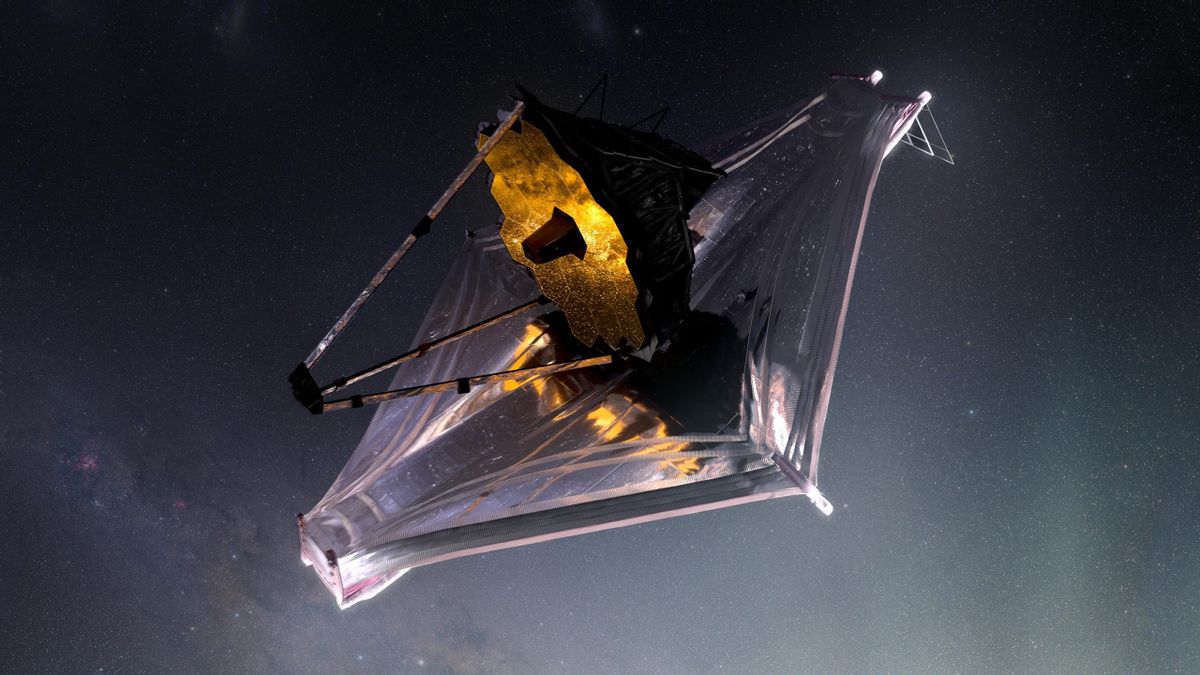JAKARTA - The James Webb Space Telescope does take us to see the universe and reveal cosmic light that we cannot see with our own eyes.
However, this telescope may not present accurate results.
Researchers from the Massachusetts Institute of Technology (MIT) say that humans should consider one important scientific consequence of having this billion dollar telescope.
According to MIT postgraduate student Prajwal Niraula, and co-authors in a new paper published recently in Nature Astronomy, said the tools astronomers usually use to break light-based signal codes may not be good enough to accurately interpret data on the telescope.
And because the Webb Telescope studies exoplanets, by measuring the wavelengths of light that pass through the planet's atmosphere using its spectroscopic instrument, the less accurate model can make Webb's Telescope observations deviate from reality by order of magnitude.
Currently, the model we use to decrypt spectral information is not in accordance with the precision and quality of the data we have from the James Webb Telescope, said Niraula.
Launching The Independent, Sunday, September 18, in particular, the researchers explained that the opacity model is a tool that models how light interacts with matter, it may need a significant repackage to match the accuracy of the Webb Telescope data.
"We need to improve our game and overcome the problem of optimity together," said Niraula.
The Webb Telescope spectrometer instrument acquired spectrum while researching a planet, a collection of wavelengths of light that glow through the atmosphere of the exoplanet.
As different molecules absorb light at different wavelengths, a unique spectrum pattern can tell astronomers what compounds are and how much in the planet's atmosphere, including gas and organic which can signal signs of biological activity.
So if it doesn't solve the problem of the opacity model in practice, it's likely that scientists will lose signs of life on an exoplanet, or get fake results on signs of potential alien life in the exoplanet atmosphere.
"There is a significant scientific difference between compounds such as water that is present at 5 percent versus 25 percent, which the current model cannot differentiate," said study co-lead Julien de Wit.
The researchers suggested some ways the opacity model could improve so they could match the optical accuracy of the Webb Telescope.
Starting with more laboratory experiments for soil models, model improvements, and a standard database to help astronomers update their models from spectral data and experiments.
The English, Chinese, Japanese, Arabic, and French versions are automatically generated by the AI. So there may still be inaccuracies in translating, please always see Indonesian as our main language. (system supported by DigitalSiber.id)








